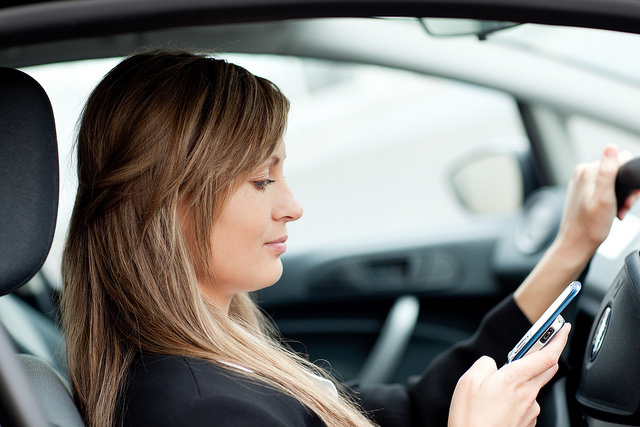Of Course You Wouldn’t Drink and Drive. But Would You Text?

Sometimes, it can take a culture a few generations to adjust its habits. One good example is the evolution of our attitudes on driving under the influence of alcohol or other intoxicating substances.
It wasn’t long after automobiles became commonplace that New York made the country’s first law prohibiting what was then called drunk driving, in 1910. It took considerably longer for Americans’ casual attitude toward the practice to catch up. For generations, people used to say things like, “I’m not that drunk,” or, “I know how to drive, I’ll be fine.”
It wasn’t until late in the twentieth century that people began to take seriously the harm done by driving under the influence. Legislation led the way, but not until grassroots organizations such as Mothers Against Drunk Drivers put pressure on the public through ad campaigns and awareness programs did our eyes open as a society to the vast, preventable harm being done by “having one for the road.”
An Alarming Parallel
Today, we see another widespread factor causing vast amounts of preventable harm on our roads: mobile device use, primarily texting and driving. Not unlike 100 years ago, we see various municipalities and states outlawing the practice, each with its own definition and nuance. Some laws prohibit all mobile device use behind the wheel, while some limit only texting and still others allow use of hands-free devices.
Yet, much like during the early decades of the twentieth century, such laws have done little to reduce most drivers’ use of cell phones and other mobile devices. When pressed, many people—particularly younger drivers—use certain tactics to lull themselves into a false sense that their careless behavior is somehow okay.
Ask yourself, is there really much difference between “I’m not that drunk” and “I only check my phone at stoplights”? How about between “I only had a few drinks” and “I’ll read texts, but don’t respond”?
